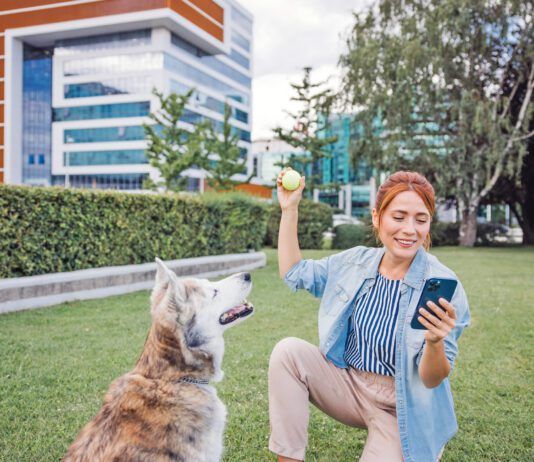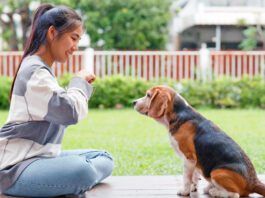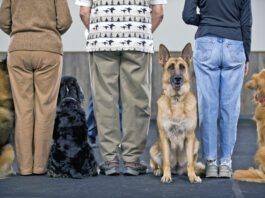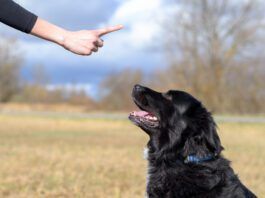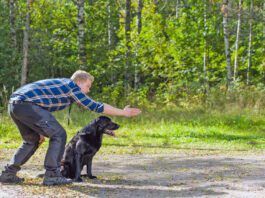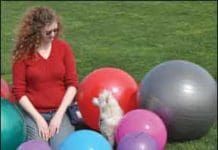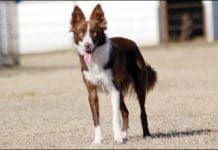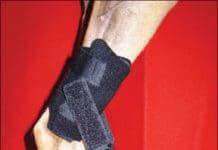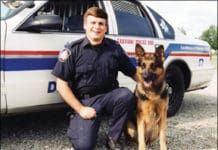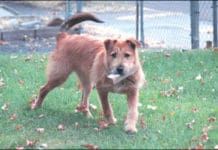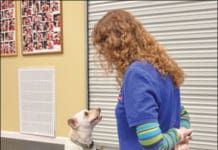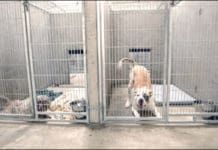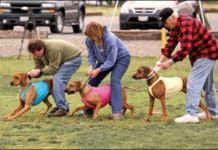Juneau’s Story – One of The Happiest Deaf Dogs You Could Ever Meet!
Juneau and I have learned a lot together. She came to me at 8 months of age as a well socialized puppy with tons of energy. If I didn’t find things for her to do, she’d find her own things to do. She may only be 12 inches tall, but she still figured out how to get things off of the counter (like an entire pizza).
Try Treibball! The New Herding Sport – No Sheep Required
but so are any dogs that like to play with balls and dogs that enjoy shaping games. This is Kula
What’s In a Dog’s Name?
The January issue of Whole Dog Journal featured “Say My Name,” an article by Pat Miller that explained the importance of teaching your dog to recognize and respond to his or her name. In a sidebar to that article, Pat also discussed the issue of naming (or renaming) your dog. And she announced a little contest for our readers, asking you to share the story of how you selected your dog’s name and why. Pat said she would select some winners and the “top three” would win a signed copy of her newest book, Do Over Dogs: Give Your Dog a Second Chance for a First Class Life.
Selecting the Correct Leash Length for Your Various Leash Training Exercises
When you think “leash,” chances are you think of a four-to-six-foot strap made of nylon, cotton, hemp, leather, or (horrors!) chain, with a snap that attaches to your dog’s collar at one end and a handle for you to hold at the other. You use it to keep him close to you when you take him for walks or other places where he has to be under control. But a leash can be so much more than that! Let’s think outside the box. There’s no law that says leashes have to be a certain length, made of a particular material, or be limited to one snap and one handle. There are all kinds of things you can do with non-traditional leashes. Heck, there’s even a good use for the grocery store chain leash.
On-Leash Training Blossoming into Off-Leash Reliability
The transition from on-leash training to off-leash reliability can be a frustrating challenge. “But he knows what ‘come’ means!” a client wails, and points as proof to the fact her dog comes impeccably, every time, when called in the training center, the house, or the backyard. Her dog does know what come means – in the training center, in the house, and in the backyard. He also knows that when he’s hiking in the woods, chasing squirrels and rabbits is far more rewarding than coming back when he is called, especially since “Come” often means “The hike is over, the leash is going on the collar, and we’re returning to the car.”
Orthopedic Equipment for Dogs Designed for Increased Mobility and Extra Support
Do you have a dog recovering from orthopedic or neurologic surgery, one who has mobility issues, or a senior dog who has arthritis? If so, at some point, you have probably wished you could do something anything! to help make your dog's life (and your own) a little easier. I asked two veterinarians who specialize in canine rehabilitation to share some of their top picks for canine assistive/rehabilitative equipment. Laurie McCauley, DVM, CCRT, is founder and medical director of TOPS Veterinary Rehabilitation in Grayslake, Illinois, and is considered one of the pioneers in the field of veterinary rehabilitation. Evelyn Orenbuch, DVM, CAVCA, CCRT, recently opened Georgia Veterinary Rehabilitation, Fitness and Pain Management in Marietta, Georgia, and has focused on veterinary rehab medicine since 2003.
Training Police Dogs and Military Dogs Using Positive Methods
both for law enforcement and civilian trainers.üStaff Sgt. William Riney uses a toy and a game of tug to reward his military dog for detecting narcotics around vehicles on the grounds of Lackland Air Force Base
5 Things to Do the Next Time Your Dog Grabs Your Stuff and Runs
Your dog grabs your stuff and runs away either because she knows you're going to take it from her and she doesn't want you to, or she's inviting you to join in her a fun game of Catch me if you can." In either case
The Importance of a Dog’s Name with Regards to Training
There's a new dog coming into your life who needs to learn her name. A puppy perhaps? Or maybe an adult rescue do-over" dog? You might even have a dog who's been with you for a while
The Benefits of Crate Training Your Dog From an Early Age
I am a huge fan of crate training for dogs. I think the ability to spend an extended amount of time in an enclosed space quietly and calmly is a valuable life skill for dogs. And it certainly has dozens of benefits for us, too. A crate and crate-trained dog ensure that you and your dog will be welcome at most friends' and relatives' homes. I recently stayed at a friendS' house over the holidays, with my foster dog! She doesn't have enough training or self-control to abstain from chasing a strange cat, eating the cat's food, chewing on the furniture, or stealing food off the table, but none of these things happened, because she was happy to spend all of her unsupervised time in their home in her crate.
Building a Strong Positive Training Foundation with Your Dog
volunteers can improve the "curb appeal" of these dogs
Get Your Dog Involved In Some Form of Sporting Activity
We have had great fun over the past year and a half, taking a look at 16 different canine sports. The breadth and diversity of activities people undertake with their dogs is truly amazing. Activities that started out simply as something fun to do with your dog have been turned into formal sports complete with rules, regulations, and ribbons. You can swim to boaters' rescue, pull a load of freight, toss plastic discs high into the air for your buddy to catch or, if the mood strikes, dance with your dog. Some sports involve dogs and humans working closely together toward a mutual goal while others provide the dog an opportunity to work independently.


